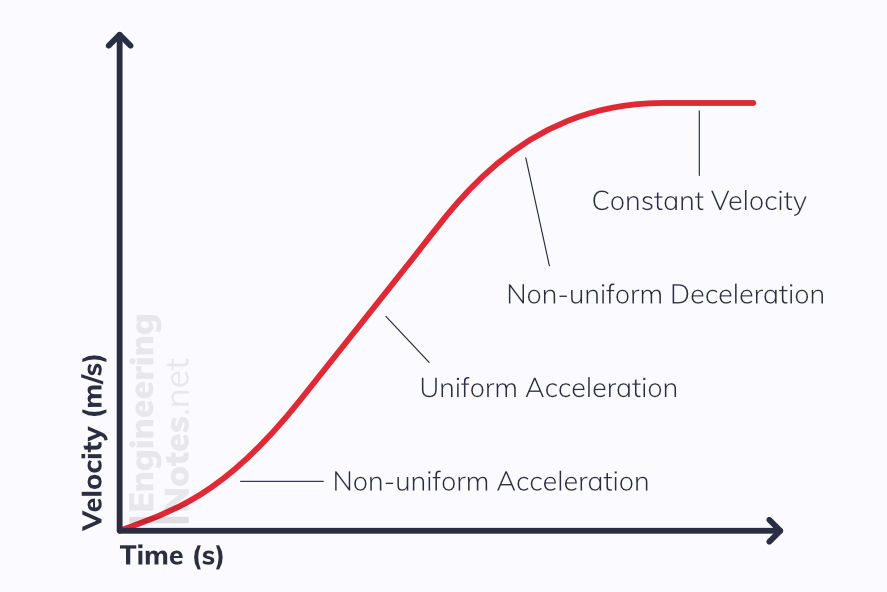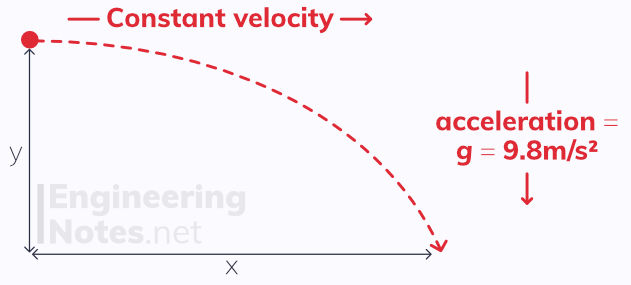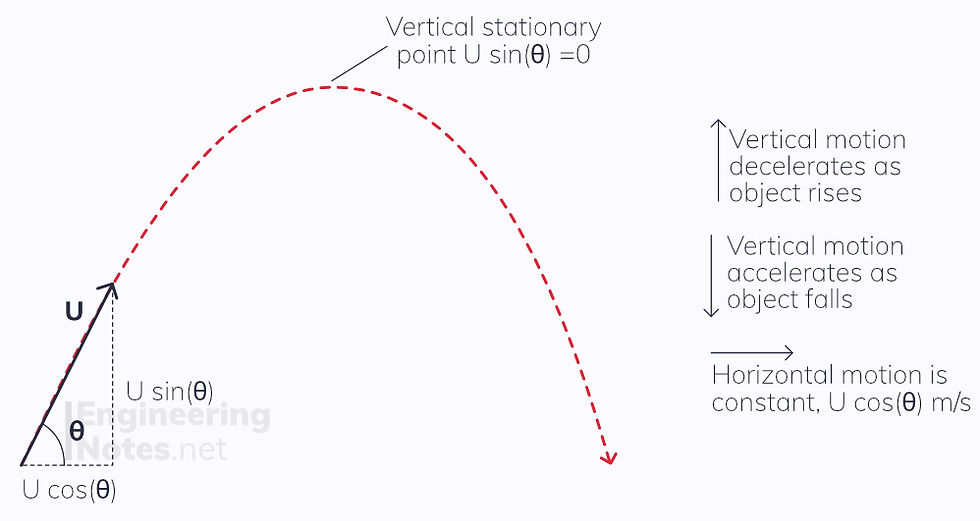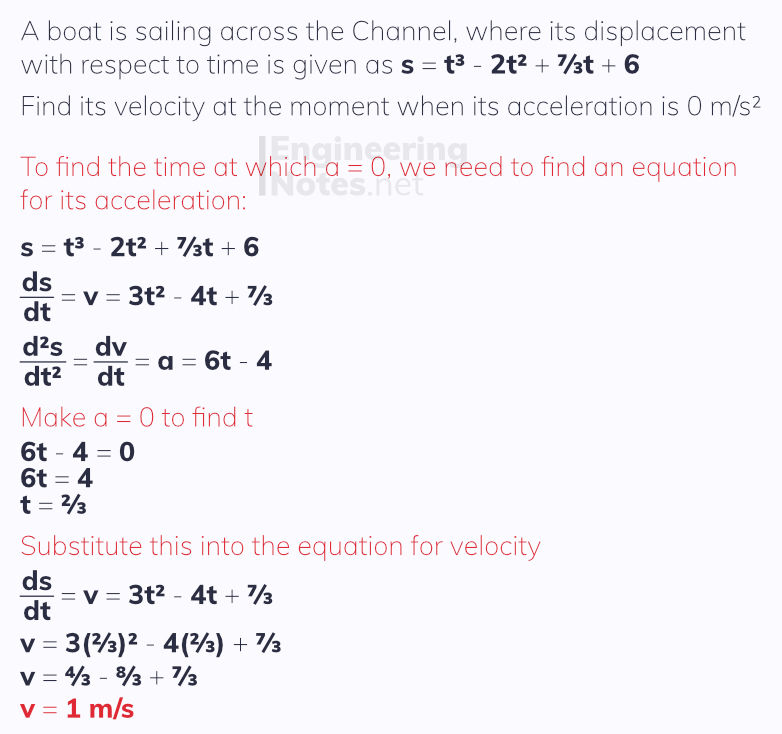Acceleration, Projectiles & Kinematics
- A-Level Maths

- Sep 9, 2020
- 3 min read
Updated: Dec 7, 2020
Velocity is the rate of change of an object's position, and therefore has direction. This makes it a vector quantity, unlike speed which is scalar (magnitude but no direction).
velocity = distance / time
The units of velocity are m/s
Acceleration is the rate of change of velocity, and so is the mathematical derivative of this.
acceleration = change in velocity / change in time
The units of acceleration are m/s²
Motion Graphs
We can plot motion on two main types of graph - it is important to know the properties of each.

Displacement-Time Graphs
The Gradient is the velocity - draw a tangent to find the instantaneous velocity
Horizontal line represents zero velocity

Velocity-Time Graphs
The Gradient is the acceleration
The Area beneath the graph is the displacement
Constant Acceleration
When acceleration is constant (e.g. free fall when we ignore air resistance), we can use SUVAT equations to work out the variables:

s is for displacement
u is for initial velocity
v is for final velocity
a is for acceleration
t is for time
Vertical Motion due to Gravity
The gravitational force of the earth causes all objects to accelerate towards the ground, its surface. Ignoring air resistance, the acceleration is constant, and given a g:
g = 9.8 m/s²
This is independent of the mass, shape or velocity of the object.

It is vital to set a positive direction of motion for each question
In the example above, we set up as the positive direction, so our values for a and v were negative because the ball is going down.
Constant Acceleration with Vectors
Additionally, we can express motion using vectors:
r = r₀ + v t
r is the position vector of the moving object
r₀ is the initial position vector
v is the velocity vector
Four of the five SUVAT equations have vector equivalents:
v = u + at v = u + a t
s = ut + ½at² s = u t + ½ a t² + r₀
s = vt - ½at² s = v t - ½ a t² + r₀
s = ½(u+v)t s = ½( u + v )t + r₀
v² = u² + 2as has no vector equivalent
Projectile Motion
When we model a projectile, we ignore air resistance. This means that:

Horizontal motion of a projectile has constant velocity: a = 0
Vertical motion of a projectile motion is modelled as gravitational free fall: a = g
For horizontal projection, like in the diagram above:
Since horizontal velocity is constant, we can use the equation x = vt (were x is horizontal displacement)
For vertical velocity, we need to use SUVAT equations, due to the constant acceleration of g = 9.8 m/s²
Horizontal and Vertical Components
When given the velocity as a vector or at an angle, you must use trigonometry to find the vertical and horizontal components. Then, treat them separately as above (the horizontal component still has constant velocity)

For an object projected at velocity U at an angle of θ to the x-axis:
the horizontal component of the velocity is given as U cos(θ)
the vertical component of the velocity is given as U sin(θ)
The vertical component is decelerating at -9.8 m/s² as it rises, and accelerates at 9.8 m/s² as it falls
The projectile reaches its maximum height when the vertical component of the velocity is zero.
Applying SUVAT to the vertical component of the projectile gives us a few standard and useful equations:

Projectile motion can also be plotted and calculated with in vectors.
Variable Acceleration
As you can see from the velocity-time graph, varying acceleration produces curves:

This is because the gradient of a velocity-time graph is the acceleration, and so if the acceleration changes with time, so must the gradient.
Kinematics
Velocity is the rate of change of displacement. Acceleration is the rate of change of velocity. Therefore:

This means we can differentiate and integrate equations for motion:


Integrating and Differentiating Vectors
Variable acceleration can also be expressed in vector form. Therefore, you need to be able to differentiate and integrate vector equations.
Often, dot notation is used to quickly represent differentiation with respect to time:

To integrate vectors:

In both differentiation and integration of vectors, you must do one term at a time
See Notes Sheets on differentiation and integration in Pure Maths if you need a recap.



Comments